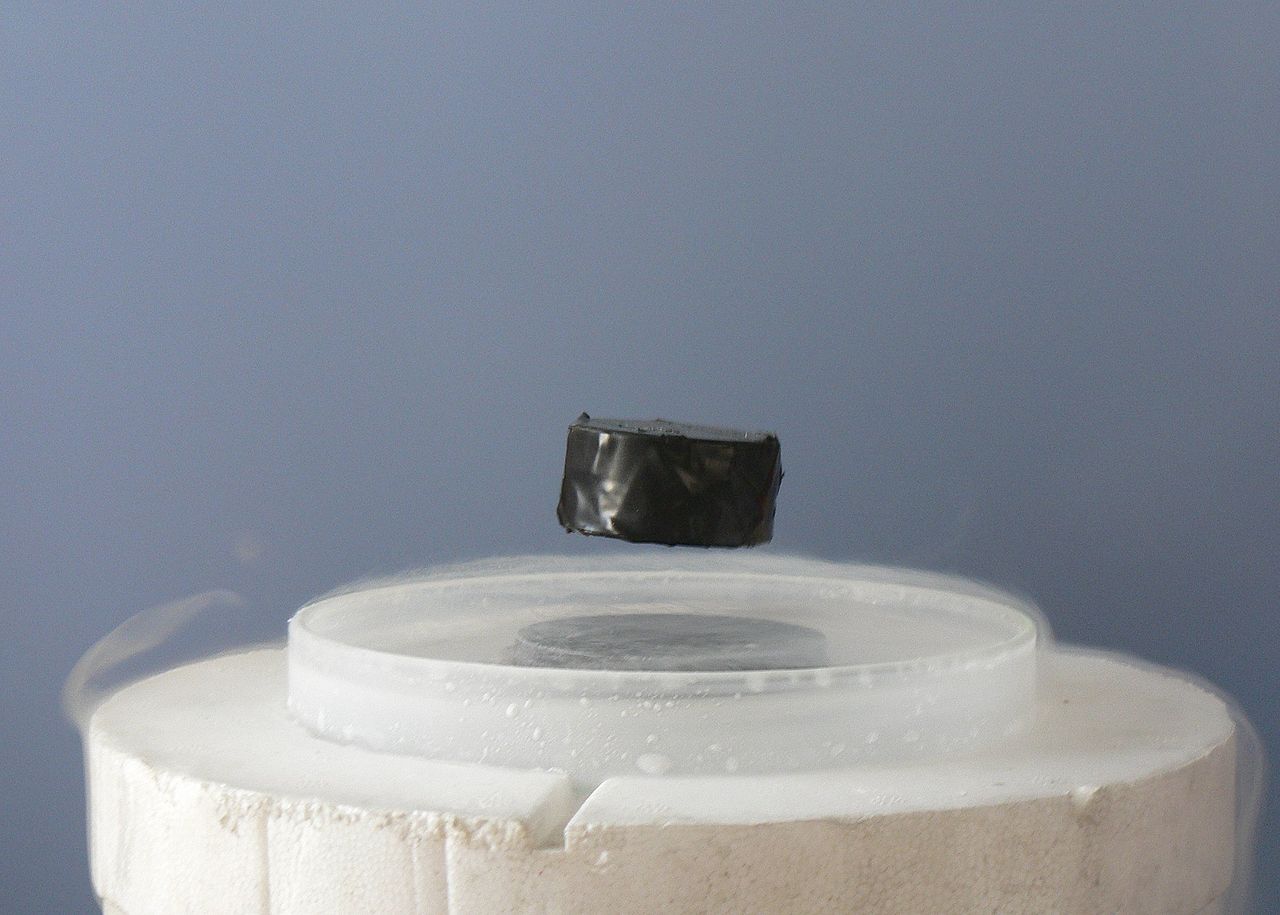‘Superconductor reached far above room temperature’
A superconductor is even possible at temperatures of more than 250 degrees Celsius. This is claimed by a group of researchers in an as yet unpeer-reviewed paper on ArXiv.
Contents
Why is superconductivity important?
Superconductivity means that the electrical resistance in a material completely disappears. Let’s say you have a closed loop of 1,000 kilometers of wire made of a superconducting material. Once a current has been generated in this, this current will continue for eternity.
A clear first advantage of superconductivity is that you no longer have any current loss due to electrical resistance. That saves a lot of energy in a power cable. It is estimated that we lose about 7% of all electricity due to the electrical resistance in the power grid.
That is why we like to use superconductors to make extremely strong magnets. An MRI scanner in a hospital therefore contains superconductors. If we are able to achieve superconductivity at room temperature, we can, for example, make inventions such as hover trains operate cheaply and energy-efficiently.
Only now specifically search for superconductors
The discovery of superconductivity by Heike Kamerlingh Onnes in 1911, in mercury, was an accidental discovery. Even with the discovery of other superconducting materials, this was more a matter of luck than wisdom. Only in recent years have physicists begun to understand why some materials are superconducting and others are not. This is because computers are much more powerful than they used to be, allowing us to simulate much more accurately.
A lot of theoretical work has also been done, so that we now have much better theories. Materials in which hydrogen occurs under very high pressure are particularly promising.
Lanthanum hydrides appear to be superconducting well above the boiling point
In this new study, the researchers looked at lanthanum hydrides. These are chemical compounds between the rare earth metal lanthanum and hydrogen. Under very high pressures, around 180 gigapascals (1.9 million times the atmospheric pressure on Earth), certain compounds, such as LaH10, turn out to become superconductors. You can only achieve this extremely high pressure by compressing the material with a heavy press between two diamonds.
In this study, the researchers claim to have succeeded in finding a new material that exhibits superconductivity. This is a material based on lanthanum and ammonium borane (NH3BRA3), which becomes superconducting at room temperature (21 degrees) in several steps. The initial temperature was increased in follow-up experiments from 21 degrees to 283 degrees Celsius, before the experiments had to be terminated (the epoxy used to hold the electrical circuit turned out not to be able to withstand these high temperatures).
Not yet a direct practical use, but a step in the right direction
Experimental evidence, then, for superconductivity at temperatures well above room temperature, albeit at very high pressures. These high pressures are of course not very practical, but they show that it is possible to achieve superconductivity at room temperature as well. We may find a material that does not require high pressures to become superconducting at room temperature. Their article can be accessed via the free prepress server ArXiv via this link.



